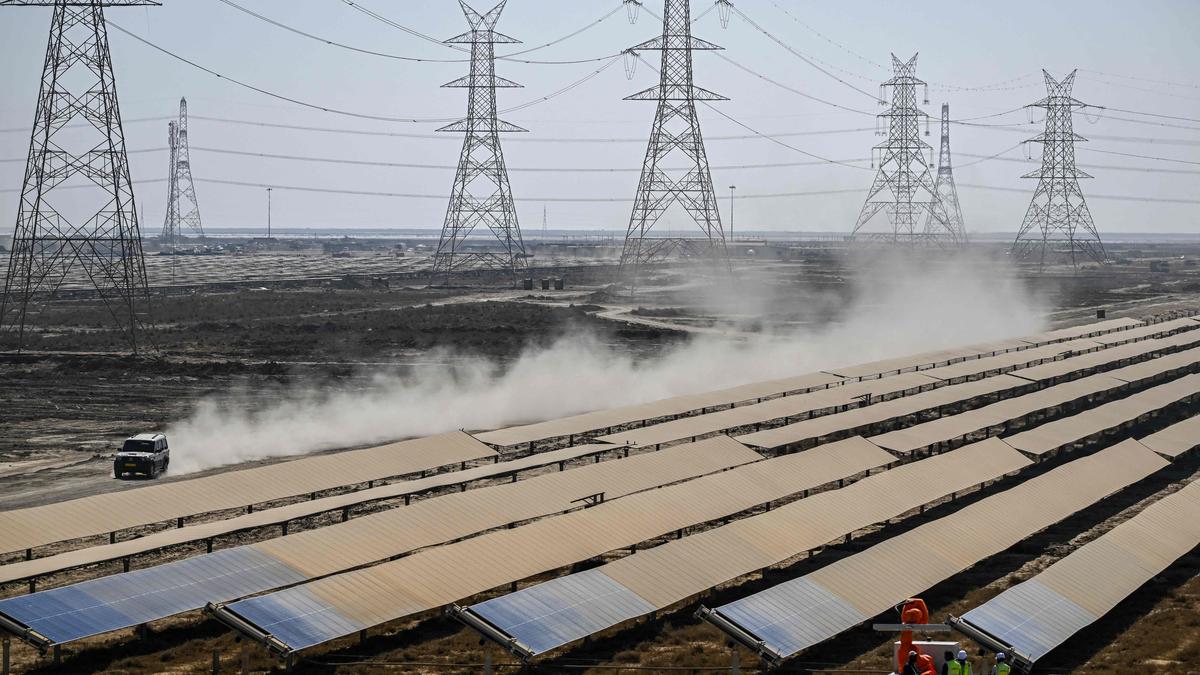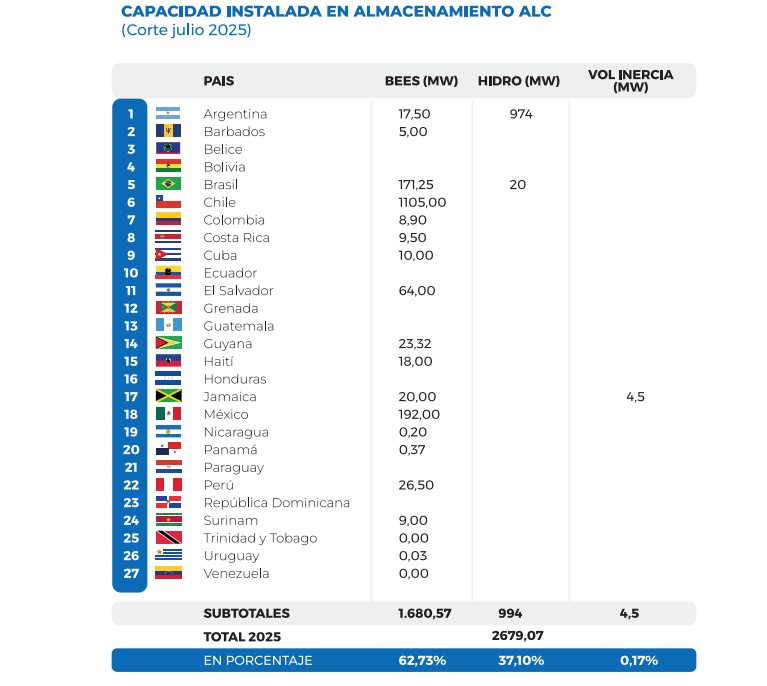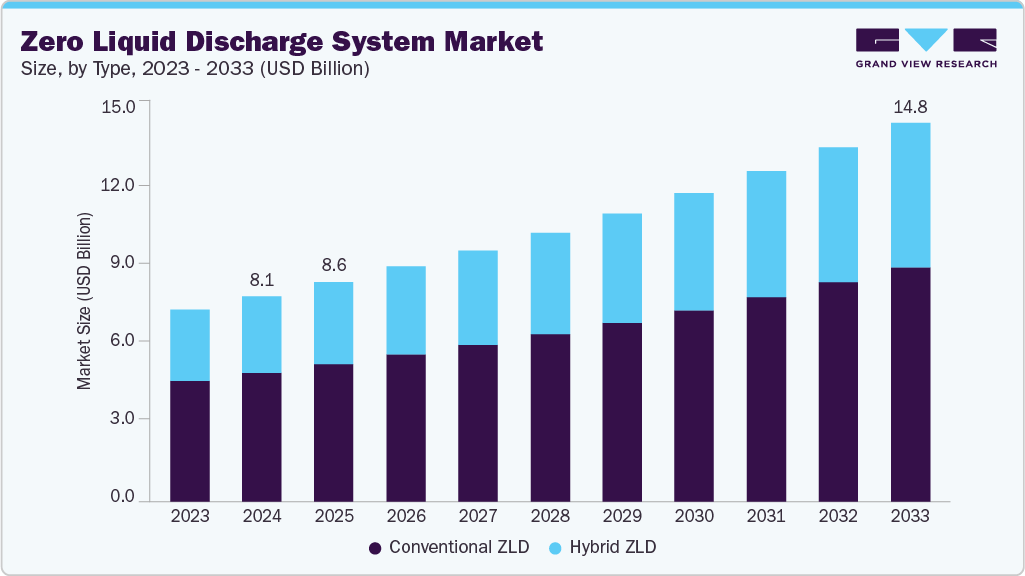India monthly ambient air quality snapshot: July 2025 – Centre for Research on Energy and Clean Air

Analysis of India’s Ambient Air Quality: July 2025 Snapshot and Alignment with Sustainable Development Goals
Executive Summary
This report provides an analysis of the monthly ambient air quality trends in India for July 2025. The findings are contextualized within the framework of the United Nations Sustainable Development Goals (SDGs), highlighting the critical intersection of environmental health, public well-being, and sustainable urban development. The data underscores the urgent need for integrated policy action to mitigate air pollution in order to achieve national and global sustainability targets.
Key Air Quality Observations: July 2025
- Analysis indicates persistent elevated levels of particulate matter (PM2.5 and PM10) across several industrial and urban corridors, exceeding national standards and World Health Organization guidelines.
- Monsoon patterns in July 2025 provided temporary relief in certain regions, yet baseline pollution levels remained a significant public health concern.
- Significant disparities in air quality were observed between different regions, reflecting varied sources of emissions from industry, transportation, and agricultural practices.
Implications for Sustainable Development Goals (SDGs)
The state of India’s air quality has direct and significant implications for the achievement of several key SDGs:
-
SDG 3: Good Health and Well-being
- Poor air quality is a primary contributor to respiratory and cardiovascular diseases, undermining progress towards Target 3.9, which aims to substantially reduce the number of deaths and illnesses from hazardous chemicals and air, water, and soil pollution.
- Vulnerable populations, including children, the elderly, and outdoor workers, face disproportionate health risks, challenging the core SDG principle of “leaving no one behind.”
-
SDG 11: Sustainable Cities and Communities
- High levels of air pollution directly contravene Target 11.6, which calls for reducing the adverse per capita environmental impact of cities, including by paying special attention to air quality.
- The livability, safety, and sustainability of India’s urban centers are compromised, impacting the overall quality of life and economic productivity.
-
SDG 7: Affordable and Clean Energy
- A significant portion of ambient air pollution originates from the combustion of fossil fuels for energy generation, industrial processes, and transportation.
- Accelerating the transition to affordable, reliable, and modern renewable energy sources is crucial for mitigating air pollution, directly supporting the objectives of SDG 7.
-
SDG 13: Climate Action
- Many air pollutants, such as black carbon, are also short-lived climate pollutants that contribute to global warming.
- Actions taken to improve air quality, such as reducing emissions from fossil fuels, yield critical co-benefits for climate mitigation efforts and help build resilience to climate change.
Strategic Recommendations for SDG Alignment
To address the air quality crisis and advance the SDG agenda, the following integrated actions are recommended:
- Strengthen and enforce emission standards for industries and vehicles, promoting cleaner production technologies.
- Invest in and scale up public transportation infrastructure powered by clean energy to reduce vehicular emissions in cities (SDG 7, SDG 11).
- Enhance the national air quality monitoring network to provide granular, real-time, and publicly accessible data for informed policymaking and public awareness (SDG 11).
- Launch targeted public health interventions and awareness campaigns focused on the health impacts of air pollution and protective measures (SDG 3).
Analysis of Sustainable Development Goals (SDGs) in the Article
-
Which SDGs are addressed or connected to the issues highlighted in the article?
Based on the article’s title, “Monthly ambient air quality trends in India,” the following SDGs are addressed:
- SDG 3: Good Health and Well-being: Air quality is a critical determinant of public health. Poor air quality is linked to respiratory illnesses, cardiovascular diseases, and other health problems. Therefore, monitoring air quality trends is directly related to ensuring healthy lives.
- SDG 11: Sustainable Cities and Communities: The article focuses on “ambient air quality,” which is a key environmental issue in urban and rural areas. Managing and improving air quality is a core component of making cities and human settlements inclusive, safe, resilient, and sustainable.
-
What specific targets under those SDGs can be identified based on the article’s content?
The content of the article, specifically its title, points to the following targets:
- Target 3.9: “By 2030, substantially reduce the number of deaths and illnesses from hazardous chemicals and air, water and soil pollution and contamination.” The article’s focus on tracking “air quality trends” is a fundamental step in addressing the health impacts of air pollution as outlined in this target.
- Target 11.6: “By 2030, reduce the adverse per capita environmental impact of cities, including by paying special attention to air quality and municipal and other waste management.” The report’s explicit purpose of providing an “air quality snapshot” for India directly aligns with the mandate to pay special attention to air quality in human settlements.
-
Are there any indicators mentioned or implied in the article that can be used to measure progress towards the identified targets?
The article implies the use of specific indicators for measuring progress, even without explicitly naming them:
- Indicator 3.9.1: “Mortality rate attributed to household and ambient air pollution.” While the article does not mention mortality rates, the act of creating a “monthly ambient air quality snapshot” is a prerequisite for assessing the health impacts and mortality attributable to air pollution. The data on air quality is the foundation for calculating this indicator.
- Indicator 11.6.2: “Annual mean levels of fine particulate matter (e.g. PM2.5 and PM10) in cities (population weighted).” The phrase “ambient air quality trends” inherently implies the measurement of key air pollutants like particulate matter. A “snapshot” of air quality would be composed of data on such pollutants, which are the basis of this indicator.
-
Create a table with three columns titled ‘SDGs, Targets and Indicators” to present the findings from analyzing the article. In this table, list the Sustainable Development Goals (SDGs), their corresponding targets, and the specific indicators identified in the article.
SDGs Targets Indicators SDG 3: Good Health and Well-being Target 3.9: Substantially reduce deaths and illnesses from air pollution. Indicator 3.9.1: Mortality rate attributed to household and ambient air pollution (Implied by the need to monitor air quality to assess health impacts). SDG 11: Sustainable Cities and Communities Target 11.6: Reduce the adverse per capita environmental impact of cities, paying special attention to air quality. Indicator 11.6.2: Annual mean levels of fine particulate matter (e.g. PM2.5 and PM10) in cities (Implied by the title “Monthly ambient air quality trends”).
Source: energyandcleanair.org

What is Your Reaction?
 Like
0
Like
0
 Dislike
0
Dislike
0
 Love
0
Love
0
 Funny
0
Funny
0
 Angry
0
Angry
0
 Sad
0
Sad
0
 Wow
0
Wow
0
















































































